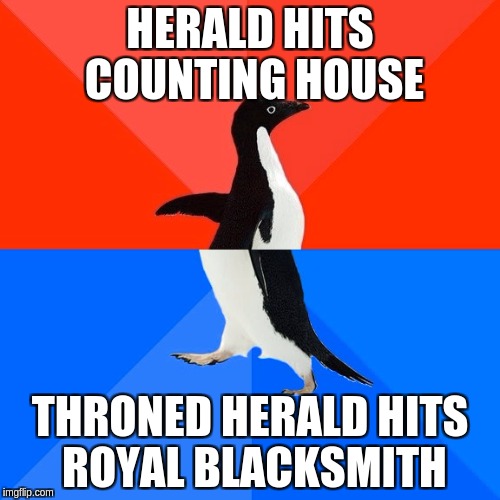LUNATIC MODE: 2-player game, your opponent tries to prevent your combo. (Your opponent won't play Lighthouse, reveal Moat.)
I have a 2-player solution that requires no cooperation from my opponent (revealing Moat and such), except for not playing treasures and not buying anything. It does not involve Possession.
It was my personal goal to find a solution that didn't involve using Mandarin/Crown. I succeeded in that as well. Apart from not scaling to more players, I think this works in expert mode.
SPOILER WARNING: IT BEGINS HEREThere's an elaborate setup.
Phase 1: use Cutpurse, Masquerade and Thief to delete your opponent's deck.
Play Cutpurse until they reveal a hand with no copper; then, for each estate in their hand, do the following:
play Masquerade, pass Copper, receive Estate (no other choice), trash the Estate
play Cutpurse to make them discard the copper (makes "no other choice" remain true)
Then play Pirate Ship to trash some of their coppers. Eventually they will have nothing left.
(For convenience, you can pass them your estates the first three times if you like.)
Phase 2:
Repeatedly Ambassador them a Copper, then trash it with Pirate Ship. (This is to increase Pirate Ship's value.)
When Pirate Ship is big enough, pass them your last Copper.
Phase 3:
You're ready! In addition to the action cards in the main loop below, your deck should also contain 2xVilla and a Scrying Pool. There should also be something in the trash (below).
Main loop:
Scrying Pool, drawing your deck (including a second Scrying Pool)
King's Court on King's Court on 3xLurker
King's Court on King's Court on 2xLurker and one payload action (the first time, the payload will be Pirate Ship)
Cutpurse (they discard a Copper)
Thief (you trash and gain their Copper)
Ambassador on 2xVilla (one goes to the supply, the other to their hand)
Masquerade, drawing a Copper, passing it and receiving a Villa.
Buy Phase:
Buy Travelling Fair 9 times ($18)
Buy Bonfire 8 times ($24), trash all the cards you played in this iteration.
Buy Villa ($4), return to your action phase, do the main loop again.
The total cost of this is $46; to pay for this we have $2 from Cutpurse and $15 or more per Pirate Ship. IIRC there are 60 Coppers minus starting decks in the supply, so there's no risk of running out before Pirate Ship gets there.
Counting carefully, you play 15 action cards and play Lurker 15 times. Before the first iteration, the trash should contain a copy of each card you play in the first iteration, which you will regain with Lurker. On subsequent iterations, you will regain the cards you played in the previous iteration, except you may choose which payload card to regain if there are multiple payload cards in the trash.
Note that this requires 5 Lurkers to be in the trash and 5 in your deck, leaving none in the supply. In other words, there's very little room to add things to the infrastructure bit of the loop.
However, you can repeat the loop with Pirate Ship as the payload any number of times to rack up any amount of money. Using Travelling Fair, you can empty all the piles.
You can also save up $46 to afford an iteration with a different payload card. If you omit the payload card (King's Court says you *may* play an action card thrice), you use 14 action cards to generate 15 Lurker plays, effectively making the last Lurker play your payload. (Instead of omitting a card to KC, you can also Throne Room a King's Court on 2xLurker if you like).
Kingdom, by cost:
2: Lurker
2p: Scrying Pool
3: Ambassador, Masquerade
4: Cutpurse, Thief, Pirate Ship, Villa
7: King's Court
Events/Landmarks: Bonfire, Travelling Fair
Note that this is a 9-card kingdom. You can either add a convenience card or an alternative payload. I like Scheme and Monument here.
So, that was feasibility. Future work is playtesting against Masquerade/BM to see how strong this is

(I guess that with Scheme, setting up the pin is enough to basically guarantee a win: simply trash your opponent's deck and all the Coppers, and they'll be helpless. Scheme'ing 2xKC+3xPool should make your deck remain reliable with up to 8 Provinces in it. So I don't think going infinite is strategically relevant on this board. But it's possible.)
I hope you enjoyed


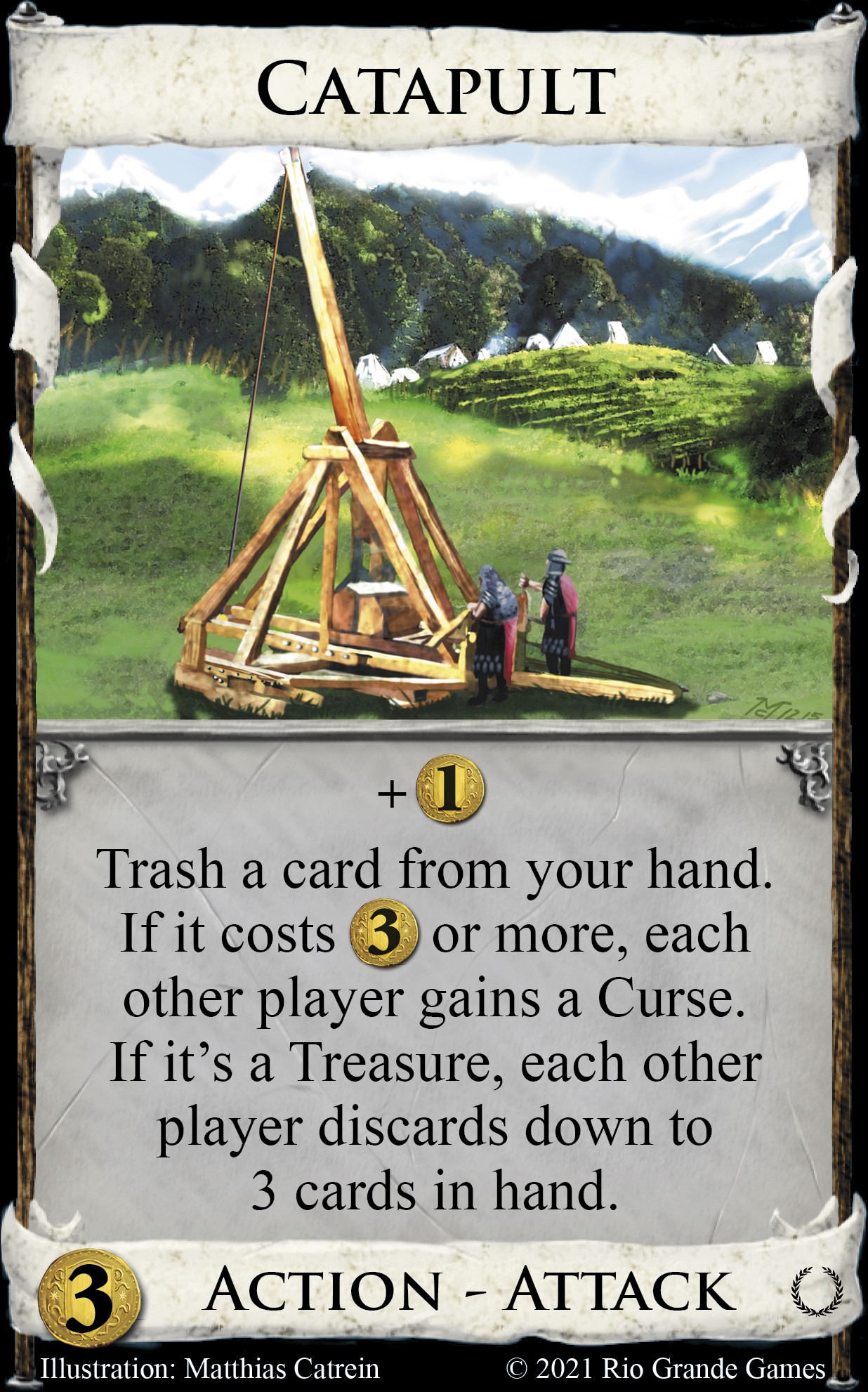
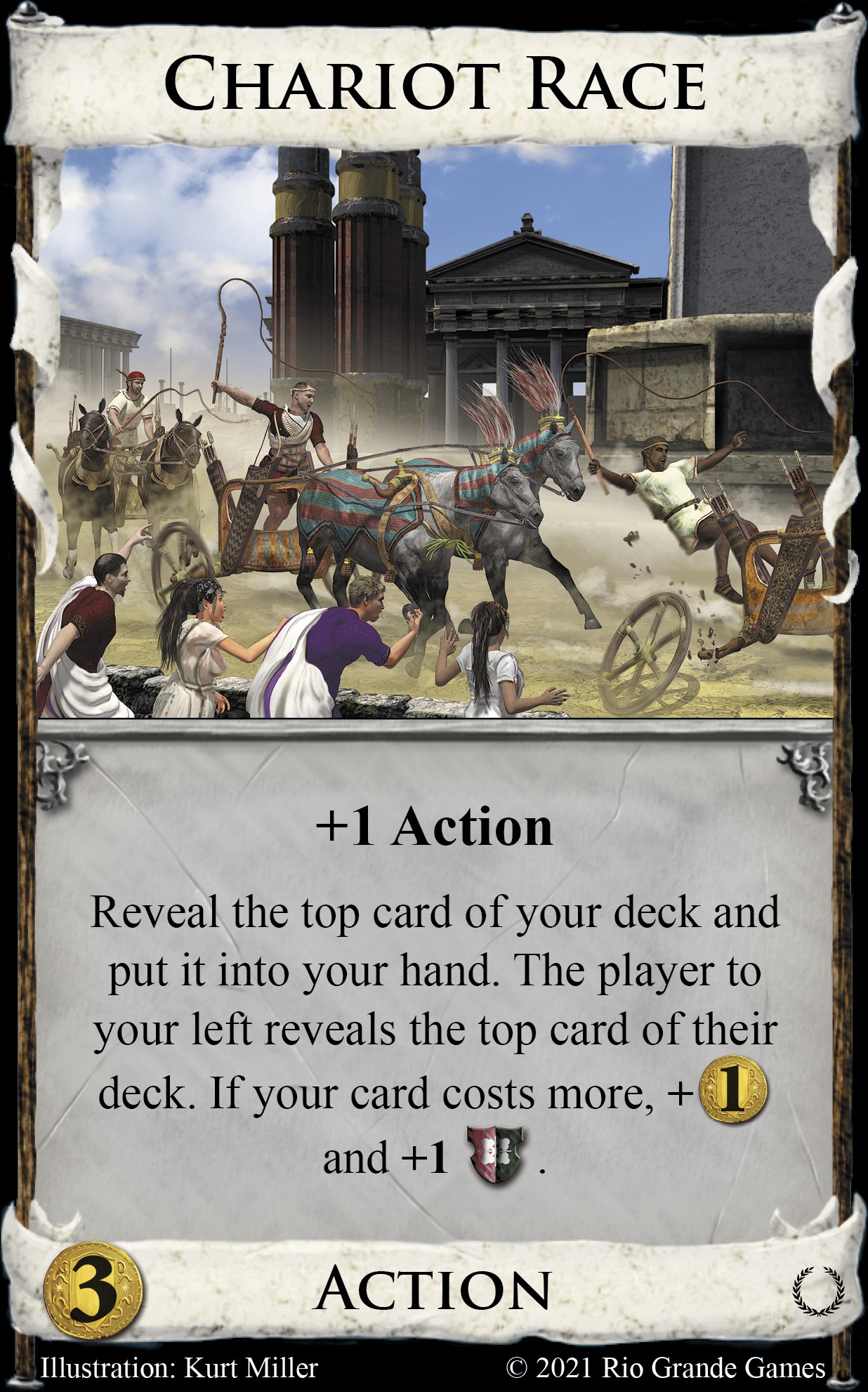
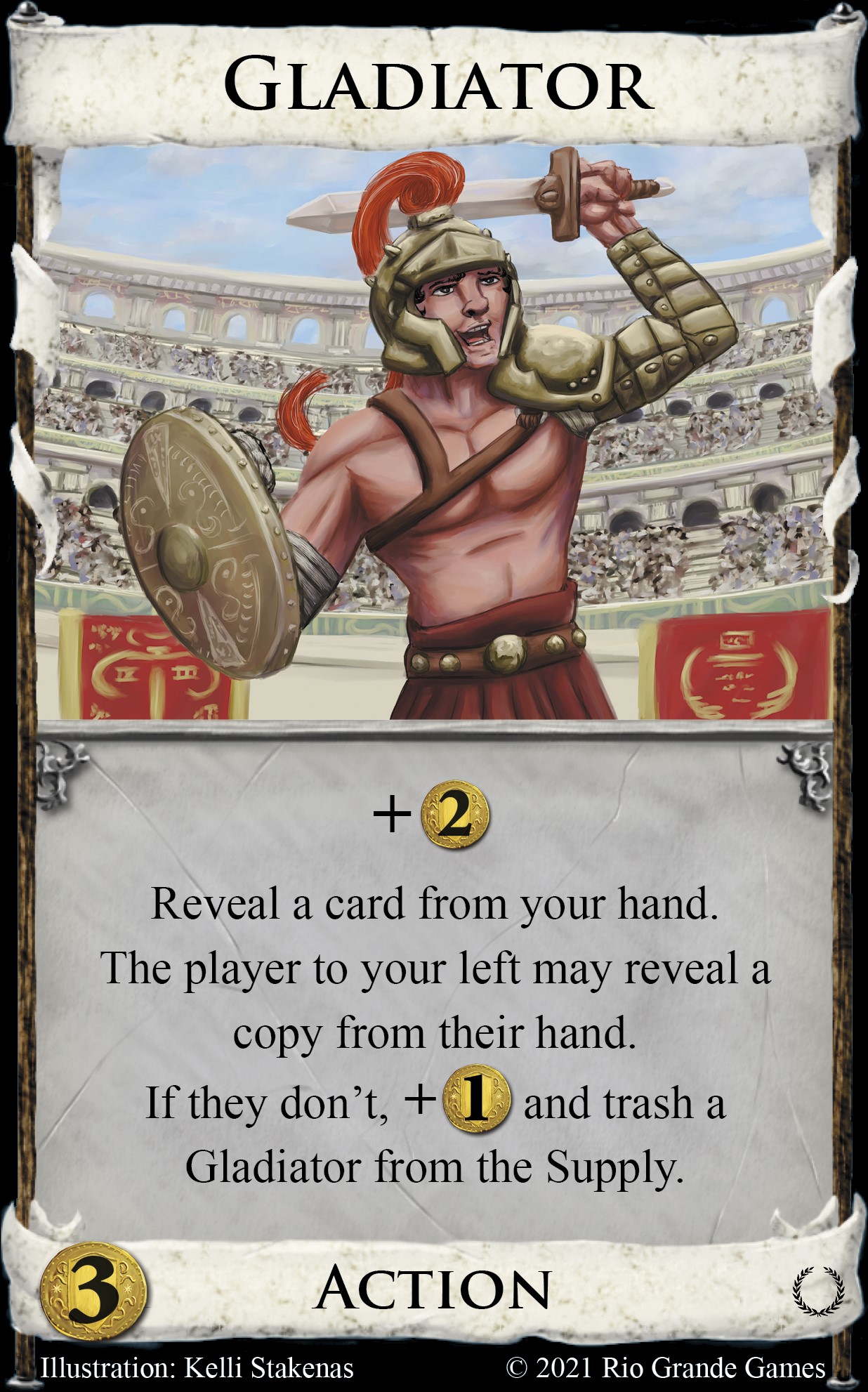
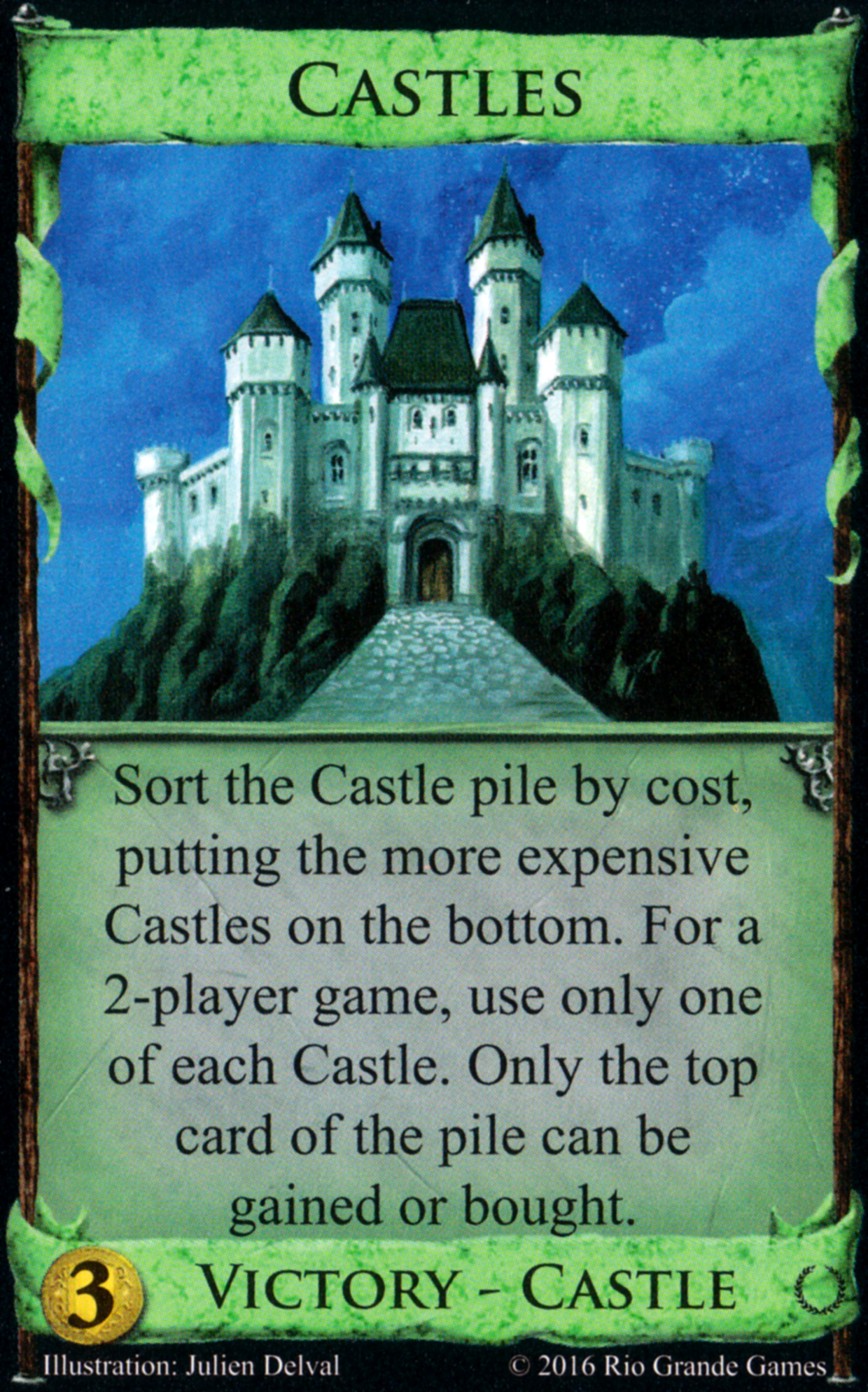
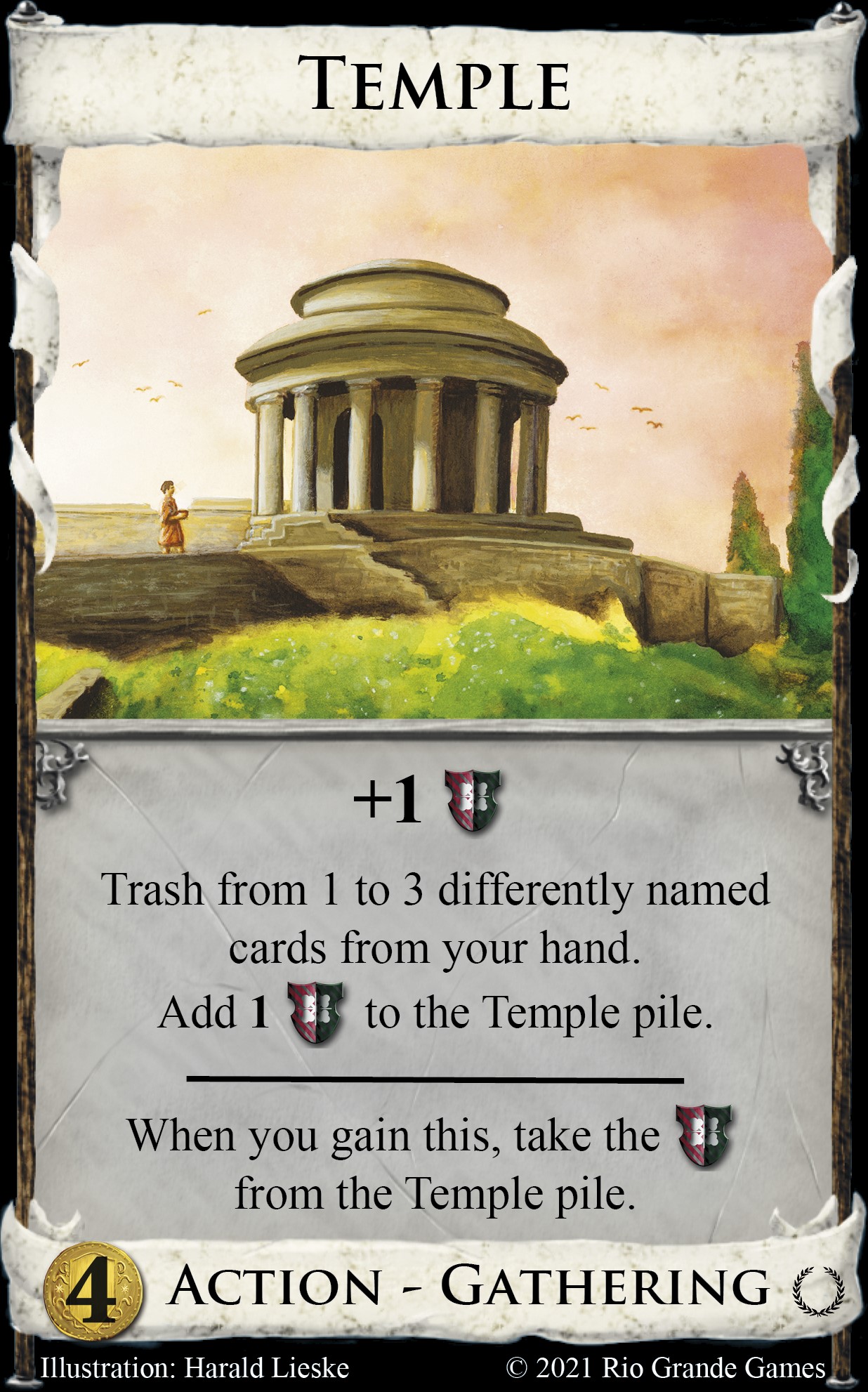
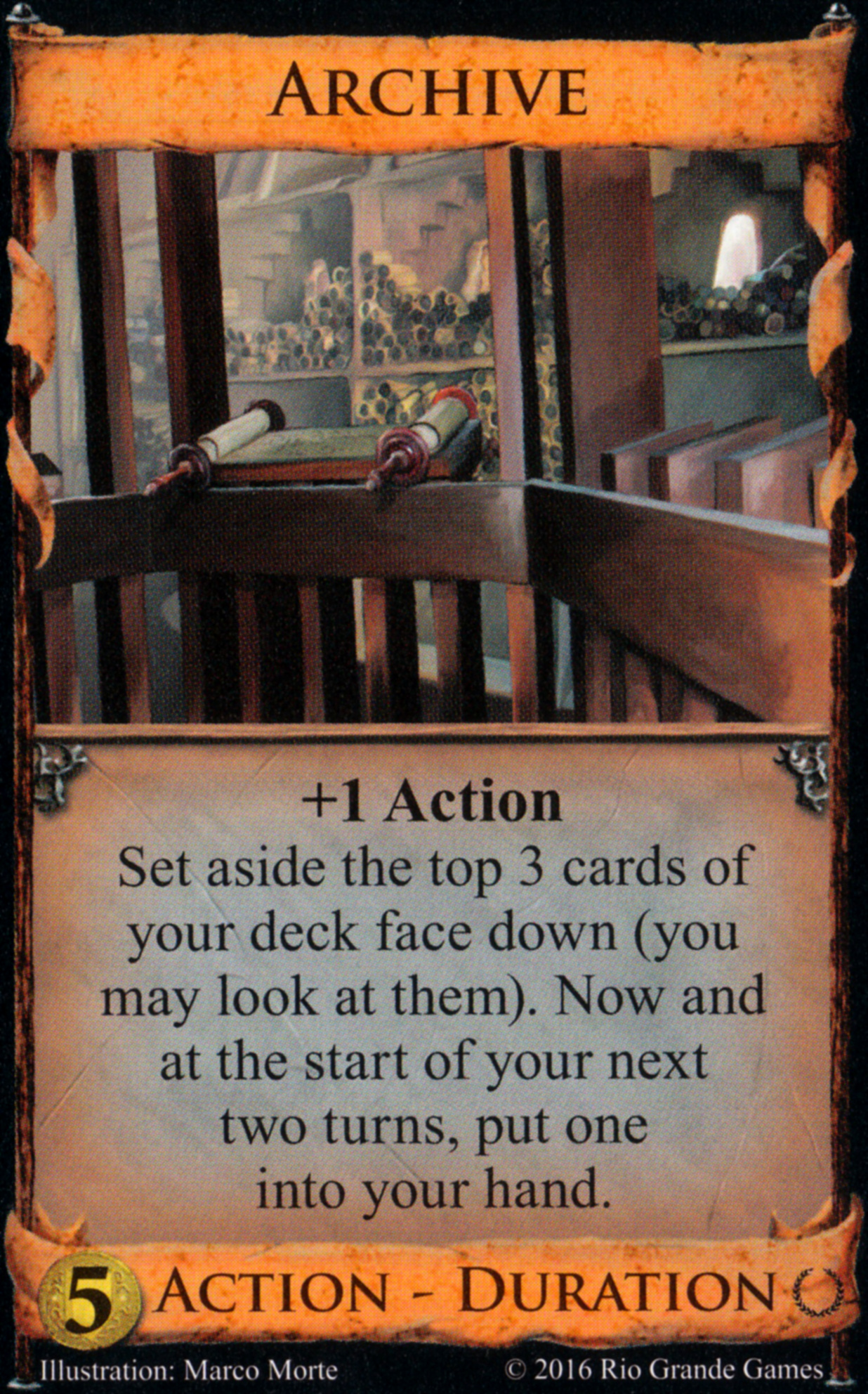
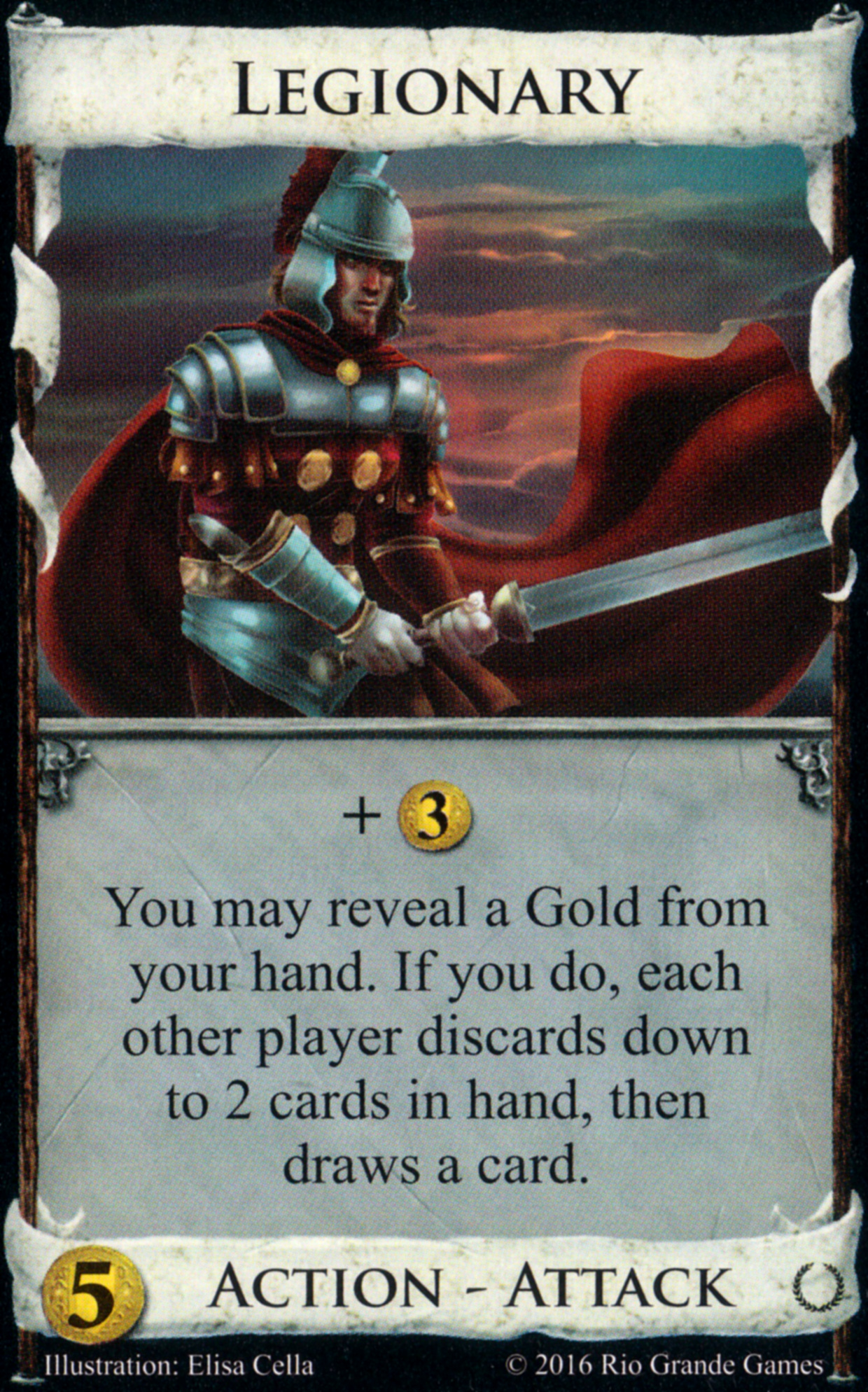
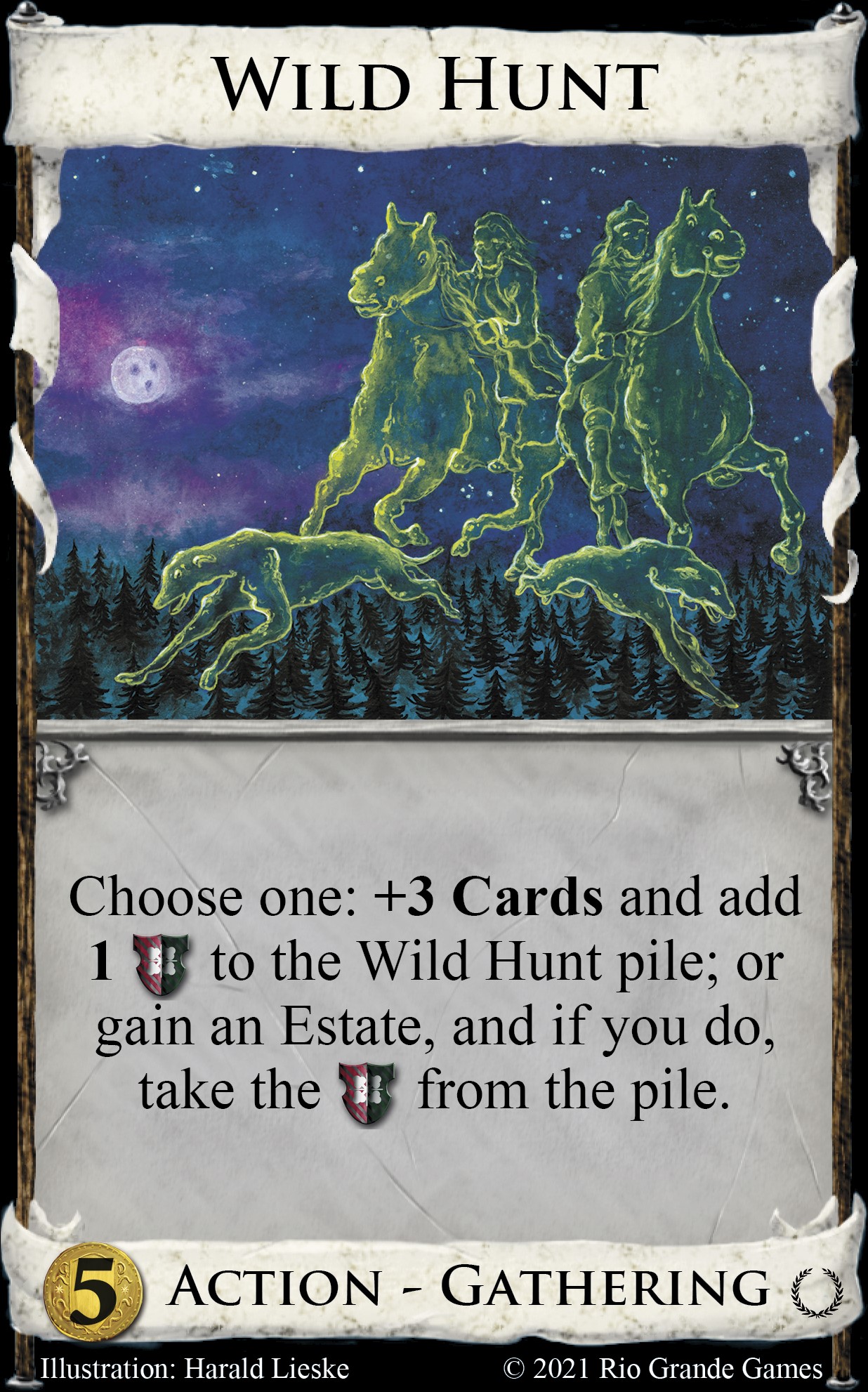
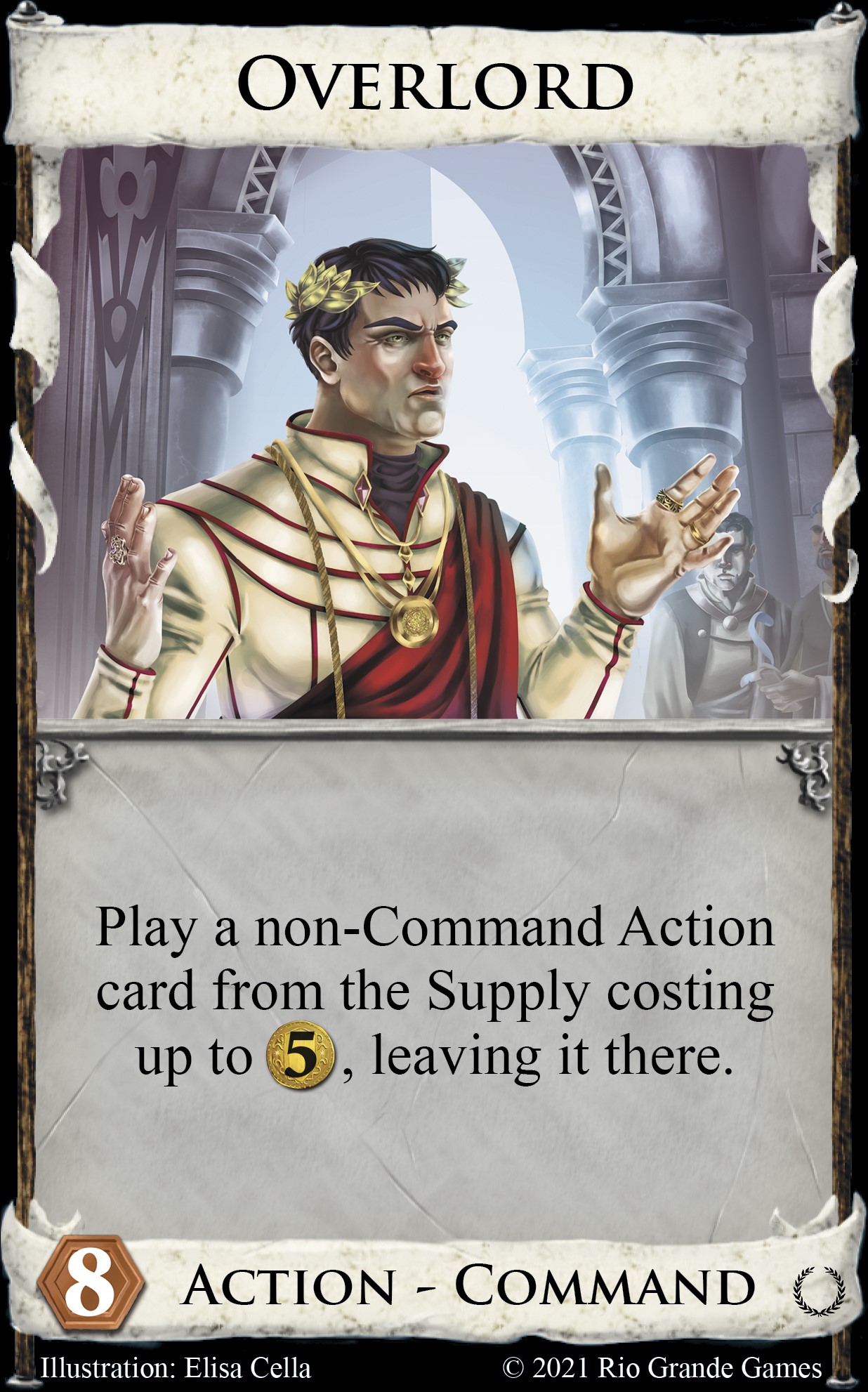
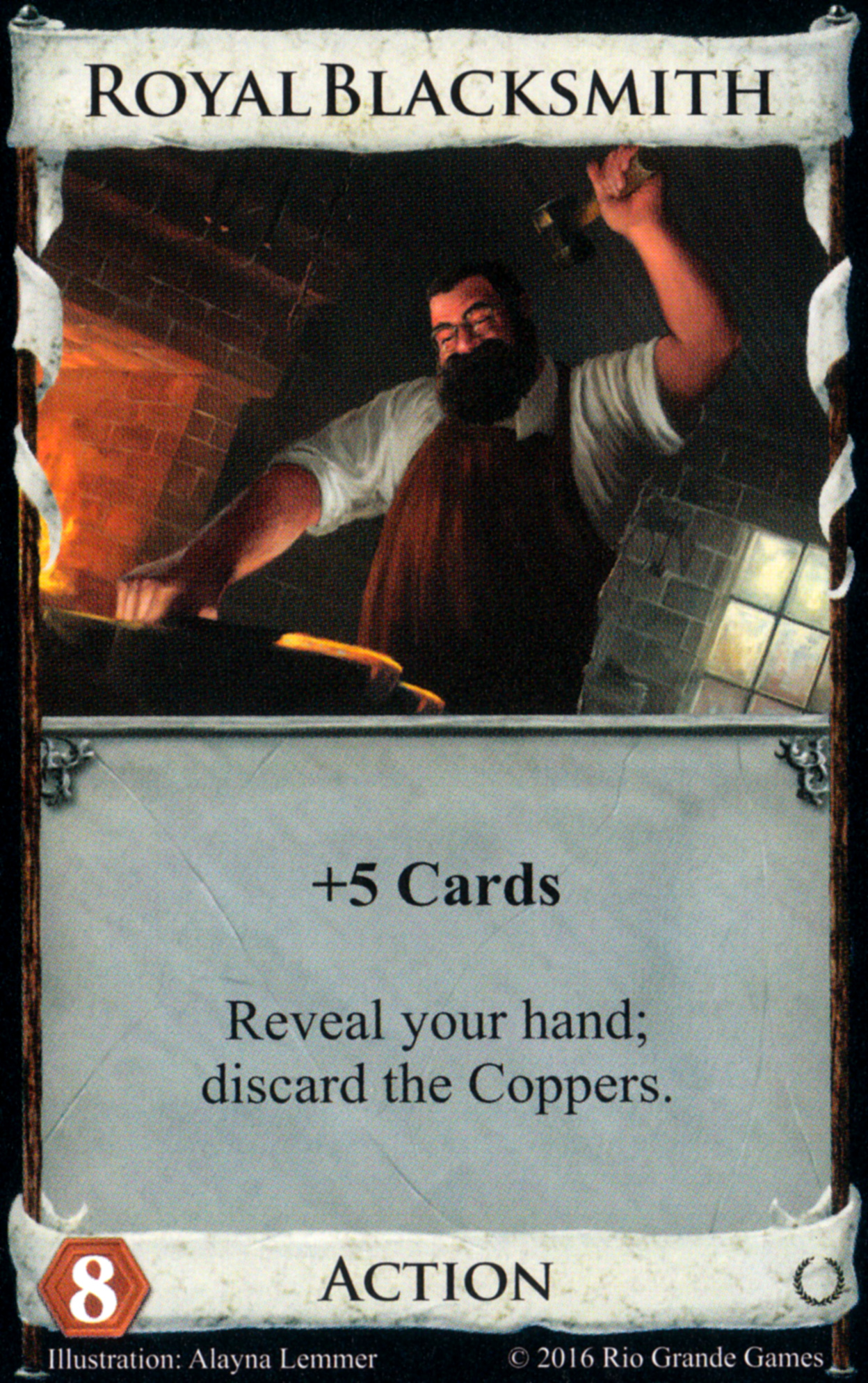
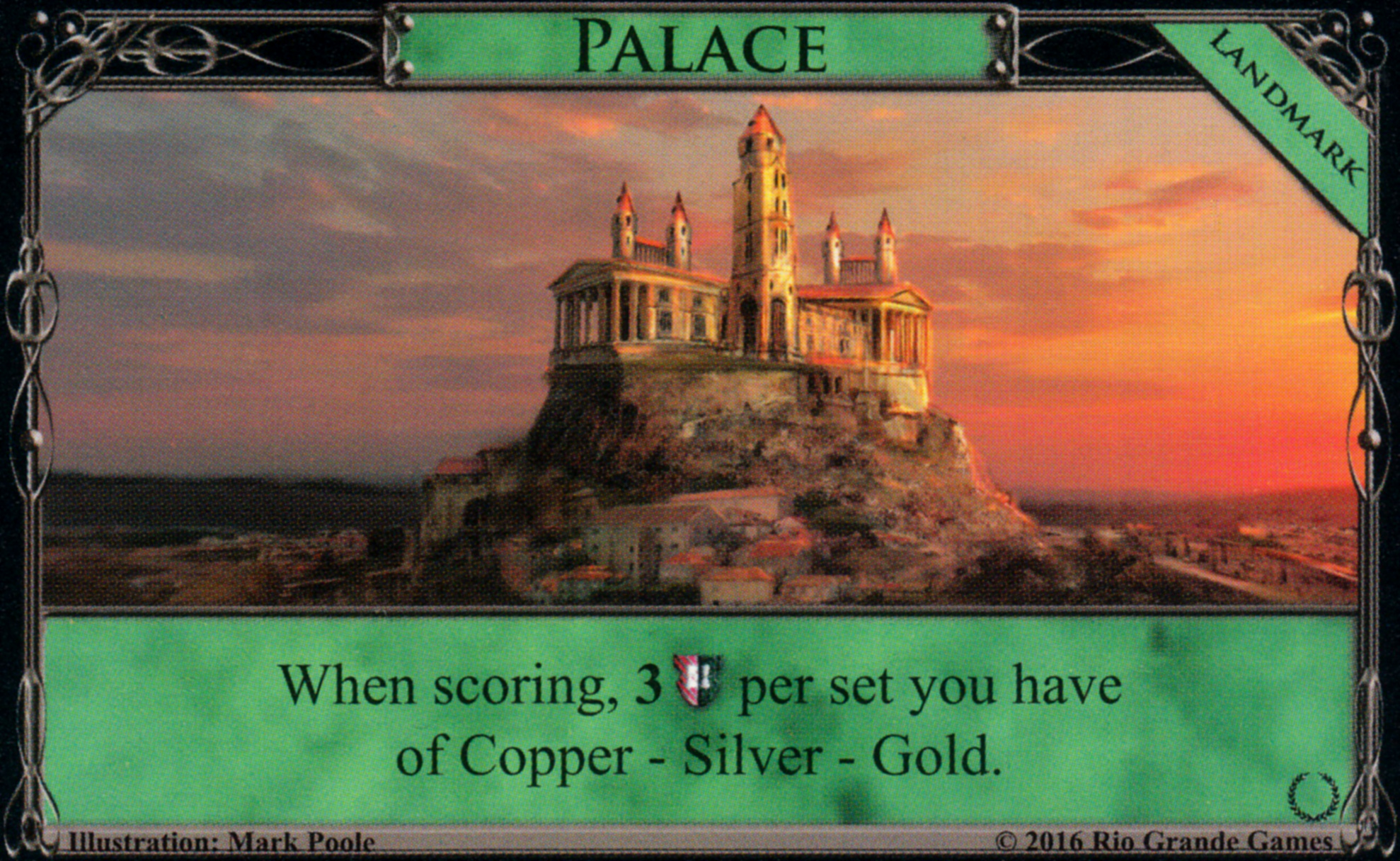
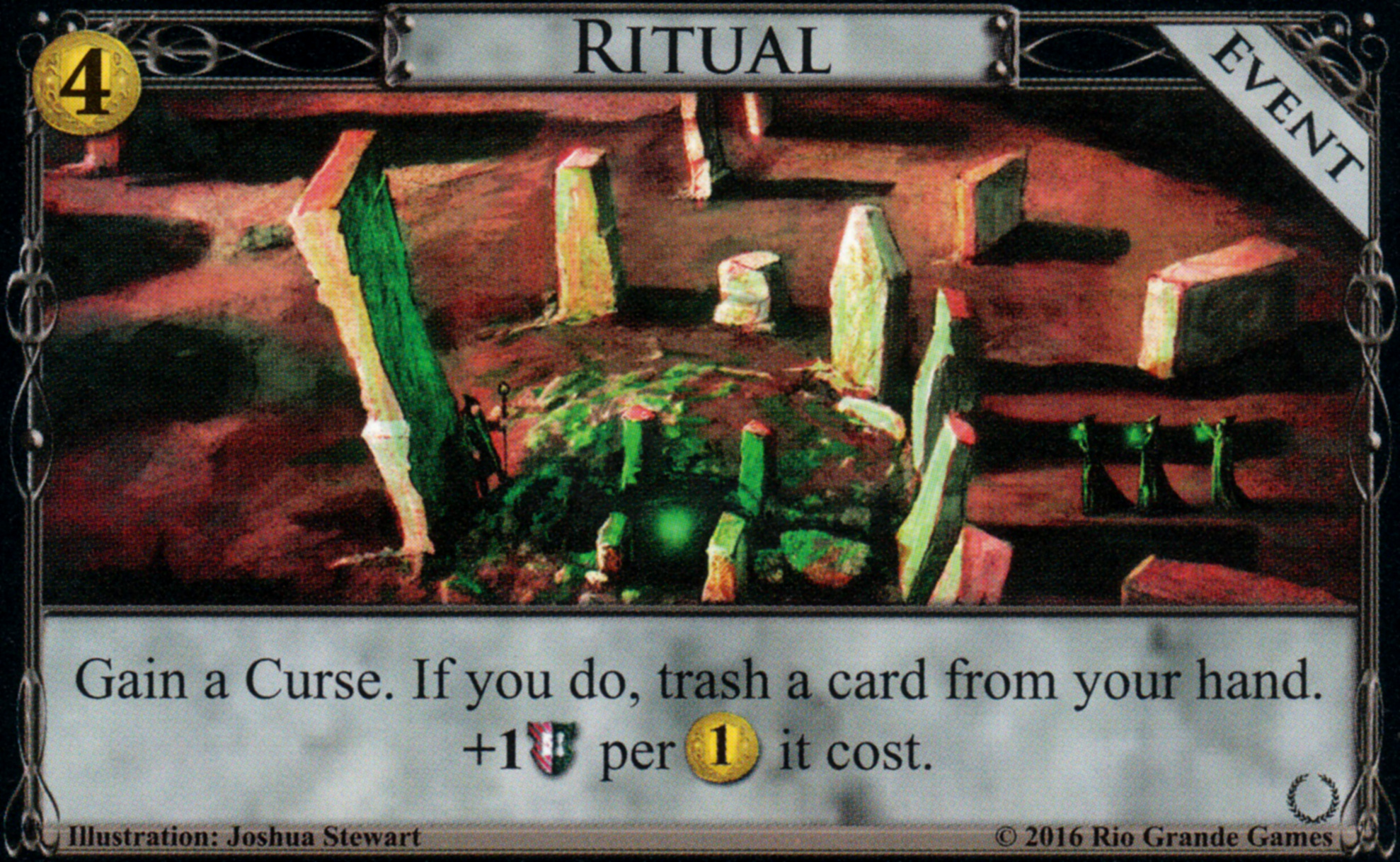
 sounds terrible, quite easy to contest, at which point... question mark?
sounds terrible, quite easy to contest, at which point... question mark?

 i.e. "dig for 3 treasures, choose 2, put them in hand and discard the other cards".
i.e. "dig for 3 treasures, choose 2, put them in hand and discard the other cards".